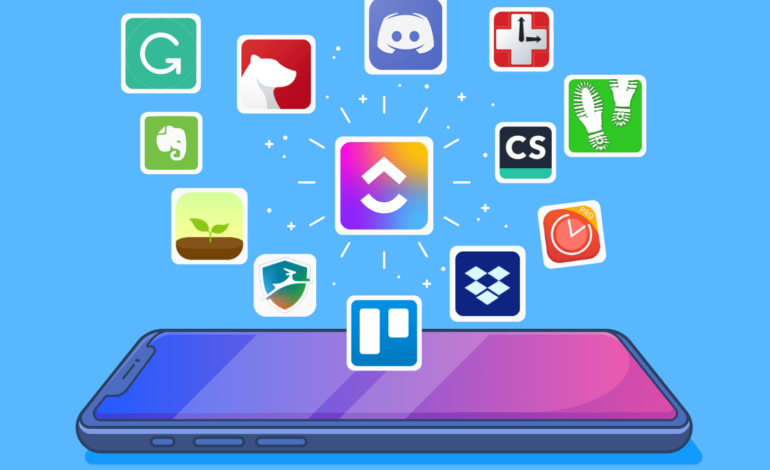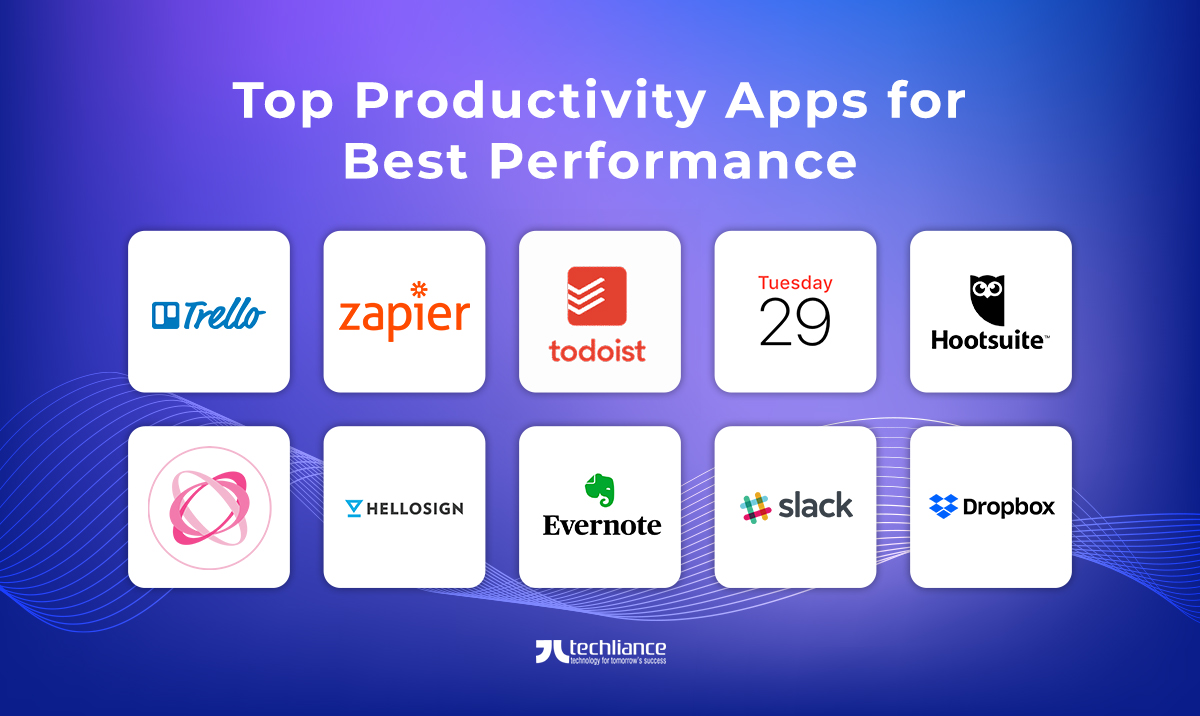Software & App Roundup

The Ever-Evolving World of Software and Applications
We live in an age dominated by software. From the smartphones we carry to the complex systems that power global infrastructure, software is the invisible engine driving our modern lives. But how did we get here? And what does the future hold for this constantly evolving landscape?
A Brief History: From Punch Cards to Cloud Computing
The concept of software isn’t new; it’s just been radically transformed over time. Early computing devices, like Charles Babbage’s Analytical Engine in the 19th century, were mechanical and required physical instructions – essentially, intricate arrangements of gears and levers. The first true “software” emerged with punch cards used to program early computers in the mid-20th century. These represented binary code, painstakingly entered to instruct machines to perform simple tasks.
The invention of the transistor and subsequent development of integrated circuits revolutionized computing, leading to smaller, faster, and more powerful machines. This paved the way for high-level programming languages like FORTRAN and COBOL in the 1950s – making coding significantly easier than working directly with machine code. The rise of personal computers in the 1970s and 80s brought software to the masses, fueling an explosion of creativity and innovation.
The internet’s emergence fundamentally changed software development. Suddenly, applications weren’t limited by physical distribution; they could be delivered over networks. The World Wide Web spurred the creation of web browsers and web-based applications, which became increasingly sophisticated with advancements in technologies like JavaScript and later, frameworks like Ruby on Rails and Django.
Finally, cloud computing has redefined software again. Instead of running locally on a user’s device, applications now often reside in data centers around the world, accessed via the internet. This model enables scalability, collaboration, and accessibility previously unimaginable.

Types of Software: A Diverse Ecosystem
The term “software” encompasses an incredibly broad range of categories. Let’s break down some key types:
- System Software: This is the foundation upon which other software runs. Operating systems (Windows, macOS, Linux, Android, iOS) are prime examples. They manage hardware resources and provide a platform for applications to execute. Device drivers – enabling communication between operating systems and specific hardware – also fall under this category.
- Application Software: This is what most people think of when they hear “software.” It’s designed to perform specific tasks for users. Examples include:
- Productivity Suites: Microsoft Office, Google Workspace (Docs, Sheets, Slides), etc., are used for word processing, spreadsheets, presentations, and more.
- Creative Software: Adobe Photoshop, Illustrator, Premiere Pro – tools for graphic design, video editing, and other creative endeavors.
- Web Browsers: Chrome, Firefox, Safari, Edge – enabling access to the internet.
- Games: A massive industry in itself, spanning countless genres and platforms.
- Programming Software: Tools used by developers to create other software. Integrated Development Environments (IDEs) like Visual Studio Code and Eclipse provide comprehensive coding environments. Compilers translate high-level code into machine-executable instructions. Debuggers help identify and fix errors in code.
- Middleware: This sits between operating systems and applications, providing common services and enabling communication between different software components. Databases are a crucial form of middleware.
Current Trends Shaping the Landscape
The software world is constantly shifting. Here’s a look at some significant current trends:
- Cloud-Native Development: Building applications specifically designed to leverage cloud computing features (scalability, elasticity, containerization).
- Artificial Intelligence & Machine Learning Integration: AI and ML are being integrated into virtually every type of software, from recommendation engines in e-commerce to fraud detection systems.
- Low-Code/No-Code Development: Platforms that allow users with limited or no coding experience to build applications rapidly through visual interfaces. This democratizes development and empowers citizen developers.
- DevOps Practices: Streamlining the software development lifecycle through automation, continuous integration, and continuous delivery (CI/CD).
- Cybersecurity Focus: With increasing cyber threats, security is paramount. Software is being designed with built-in security features and undergoes rigorous testing to prevent vulnerabilities.
- The Rise of Serverless Computing: A cloud computing execution model where the cloud provider dynamically manages the allocation of resources. Developers focus solely on writing code without managing infrastructure.
- Blockchain Applications Beyond Cryptocurrency: While initially associated with cryptocurrency, blockchain technology is finding applications in supply chain management, identity verification, and more.
The Future of Software: What’s Next?
Predicting the future of software is a challenging but fascinating exercise. Here are some possibilities:
- Ubiquitous AI: AI will become even more deeply embedded in our daily lives, automating tasks and providing personalized experiences across all applications.
- Quantum Computing’s Impact: As quantum computers mature, they could revolutionize fields like drug discovery, materials science, and cryptography, requiring new software paradigms to take advantage of their capabilities.
- The Metaverse & Immersive Experiences: Software will be crucial in building and powering the metaverse—virtual worlds where users can interact with each other and digital objects.
- Edge Computing Dominance: Processing data closer to the source (e.g., on IoT devices) will become increasingly important as we generate more data from connected devices, requiring software optimized for resource-constrained environments.
- Increased Emphasis on Ethical AI & Responsible Development: Addressing potential biases in algorithms and ensuring fairness and transparency in AI systems will be critical.
Conclusion
Software has come a long way from punch cards to cloud computing, and its evolution shows no signs of slowing down. The future promises even more transformative changes – blurring the lines between physical and digital worlds and reshaping how we live and work. Staying informed about these trends is essential for anyone involved in technology or simply navigating our increasingly software-driven world.



